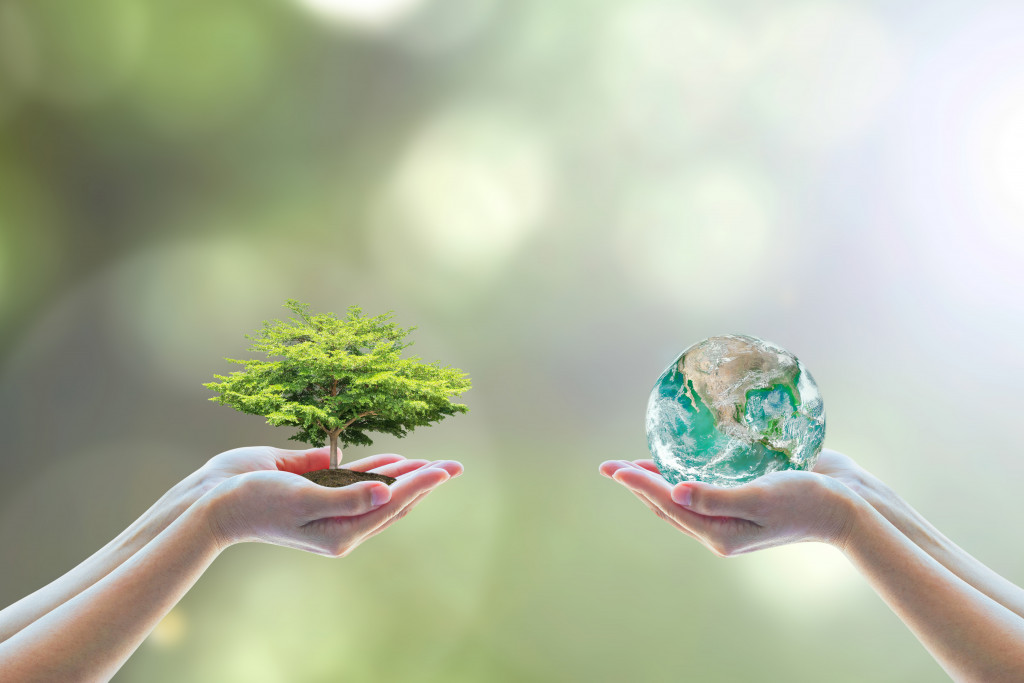Environmental awareness is rapidly growing. From being considered just a trend, eco-friendly features in buildings and electronics are now in steady demand. Even the sports industry felt the effects, prompting the NFL to adopt sustainability initiatives. Likewise, it reshaped the goals of corporations, with 81% of consumers worldwide believing that companies must include saving the environment in their goals.
But the real estate industry is probably the first to receive sustainability’s impact. When green buildings emerged in the early 1990s, it was ahead of its time, taking a decade to spread awareness. But today, green buildings are pretty much the norm, with some governing bodies even mandating resource-efficient measures to be implemented.
That, coupled with people’s increasing knowledge about environmental issues, has enlightened home-buyers that sustainable features should be a must-have in all properties. According to the National Association of Homebuilders, home-buyers would be willing to pay more for energy-efficient appliances, windows, and the like, as well as features that improve air quality.
Now that younger generations are entering the housing market, green features would face an even higher demand. But are real estate properties keeping up?
Rise of Green Buildings
In India, the consumers’ demand has led to the rise of green buildings across the country. The Indian Green Building Council estimated that by 2025, the market potential for green building products and tech would reach $300 billion. India was ranked third, following China and Canada, at the annual top 10 countries and regions commended by the Leadership in Energy and Environmental Design (LEED).
Indeed, India has phenomenal plans for incorporating sustainability in their industries. They recently targeted achieving 10 billion sqft. in green building footprint by 2022.
But what does it take to build a green building? The sustainable elements encompass every stage of the building’s lifecycle, beginning from the planning, then to the site selection, down to design, construction, occupancy, and finally, at the end of the building’s life. Various sustainable features are integrated, such as solar panels, rainwater harvesting, water-efficient drainage systems, and waste segregation, to name a few. Even the positioning of the towers matter; the more natural light it allows inside, the more sustainable it will be since it means less reliance on artificial lights.
Though costly to build, green buildings prove more economical in the long run. It allows companies to save water and energy costs, produce less waste, and conserve natural resources. They also contribute to the improved health of the building’s occupants.

Growing Popularity of Eco-friendly Homes
Since millennials and Gen Zs are now dominating the pool of tenants, eco-friendly homes are expected to stand out. Hence, real estate investors should set their sights on properties with sustainable features. They may help bring a premium in their rental income.
But if your property is falling behind the thriving eco-friendly homes, consider some of these upgrades to catch up:
- Properly caulk and insulate the windows
- Replace inefficient appliances and HVAC systems with Energy Star models
- Electrical repairs, which may include insulating a water heater or replacing light bulbs with LEDs
- Repaint the interiors with paint products that do not emit volatile organic compounds.
You may also switch to a renewable energy source like solar, and lower your tenants’ electric bills in turn. Re-insulating the entire property might be needed, too, especially if you’re seeking certification for energy efficiency.
Consider improvements beyond sustainable features, such as designing a water-efficient landscape, easing access to the property by creating more walkways or bike lanes, and boosting the garden and waste segregation areas.
Real Estate Has Been Proactive
Fortunately, the real estate industry is quick to act on the demands of the consumers. As more people call for change, we can expect more green buildings, considering that they are mega consumers of natural resources.
On another note, the steadily rising demand for sustainability will also create more jobs. In 2018, E2 reported that the fastest-growing jobs across 12 states in the US were in the renewable energy sector. Such was, in fact, already the fastest-growing source of new US electricity generation, leading to the forecast that by 2026, America’s fastest-growing jobs will be solar installers and wind technicians.
The pandemic may be thwarting the progress of employment in the sustainable sector at present, generating hundreds of thousands of job losses, but the crisis is only temporary. When the world recovers, jobs will be created again, consequently re-starting the rapid movement of the real estate market.
According to the World Commission on Environment and Development, the building and construction industries must be a part of the “process of change” that is sustainability. Therefore, we should expect more green companies to emerge, especially after the pandemic.





